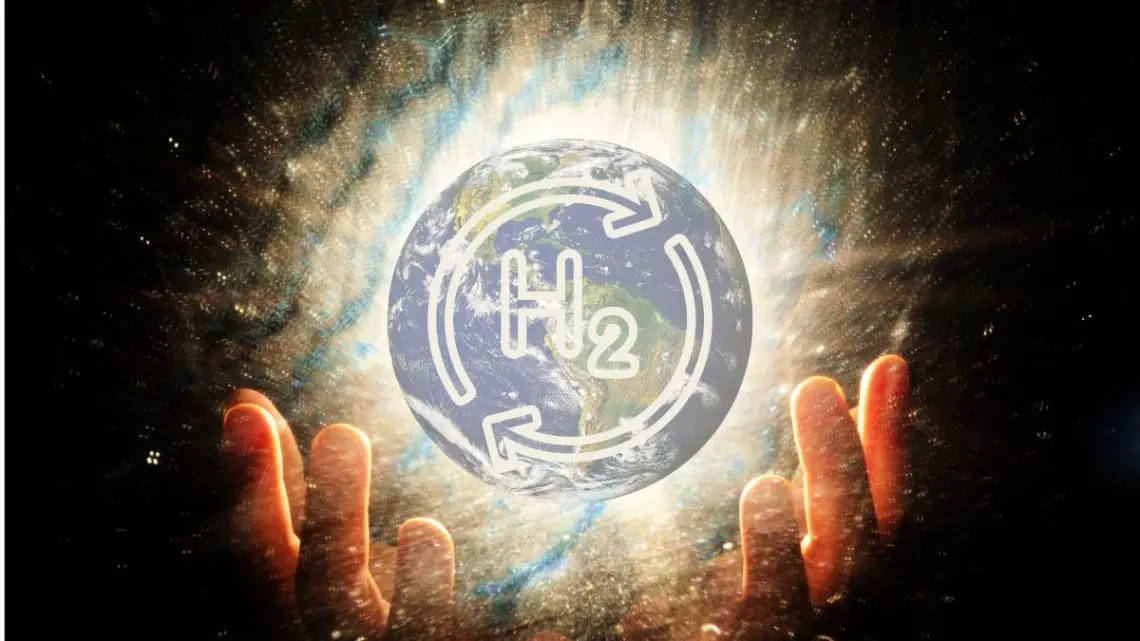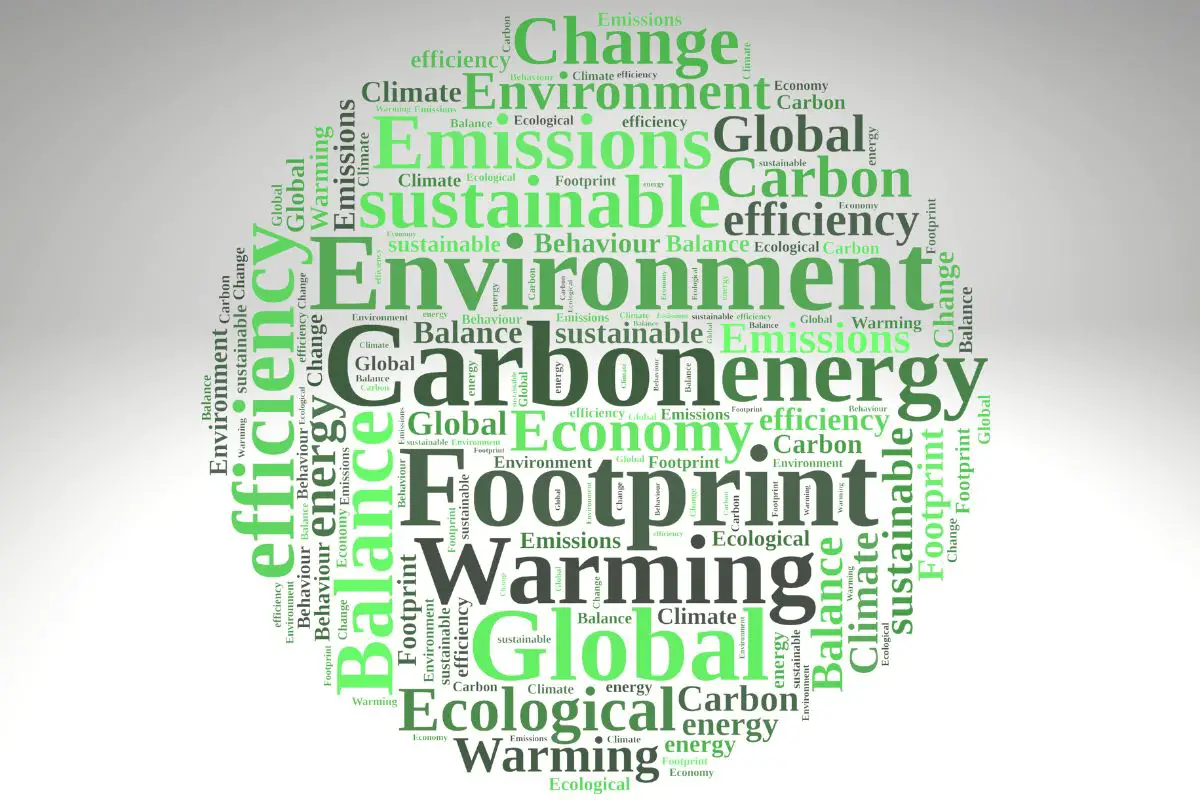
Energy transition in developing nations gets a boost from hydrogen
November 11, 2022Low-carbon H2 has considerable potential to address climate change across several industries.
Hydrogen fuel is proving to be a tremendously promising opportunity for global energy transition, but it is also offering a particular opportunity for developing countries to be able to combat climate change.
Developing nations are already those most affected by the impact of climate change.
At the same time that developing countries are the most highly impacted by climate change, they are also the parts of the world with the fewest resources to combat it. That said, when it comes to making an energy transition, hydrogen fuel appears to be a potential game changer. Low-carbon H2 is offering opportunities to address climate change and development in regions of the world that have few similar options for decarbonization based on the use of fossil fuels.

Economists and climate experts are viewing H2 as promising for the decarbonization of hard-to-abate sectors that are prominent in low- and middle-income countries. These include global transport and heavy industry, among others. By focusing on this cleaner fuel, it will also help to promote sustainable growth within those regions. They can emerge as producers and exporters of low- or even zero-emission fuel, broadening their food security, creating jobs, and generating revenue while simultaneously combatting climate change and its impacts.
The versatility of H2 production and application makes it appealing for the energy transition.
Many developing countries are located in regions where there is an abundance of solar and wind resources. Moreover, the existing scalable infrastructure for that renewable electricity would be adequate for supporting the production of H2 using electrolysis, resulting in zero-carbon green hydrogen.
According to a blog from the World Bank, even the countries that don’t already have renewable electricity infrastructures in place would be able to repurpose their legacy infrastructure for the production of low-carbon H2 as well as its transportation.
From there, the hydrogen fuel can be exported or used domestically for powering heavy industry such as cargo ships, commercial airliners and even steel manufacturing. Those three industries alone are estimated to produce almost 24 percent of the total greenhouse gas emissions as of 2019. Equally, this would further contribute to the energy transition as H2 can be used for the production of ammonia, which is a key fertilizer component and a way to store low-carbon transportable energy.



 With over 15 years of reporting hydrogen news, we are your premier source for the latest updates and insights in hydrogen and renewable energy.
With over 15 years of reporting hydrogen news, we are your premier source for the latest updates and insights in hydrogen and renewable energy.
In reality some developing economies are in regions whence industry sources the raw materials for Solar Pgotovoltaics and even Fuel / Electrolytic Cells.
We need to put our money where our mouths are, and develop partnerships acorss the divide of Developed/Developing Nations, and invest in establishing manufacturing of Solar PV and even PV-T (high efficiency PV Thermal hybrid panels).
This will also enabvle those regions to roll out the installation of these technologies across the Countries best placed to benefit from high solar incidence (“insolation”) and even allow desalination or purification of waters, returning pure water after the Fuel Cells have recombined the H2 and O2 from the air.
TIME TO SEE THIS AS ONE PLANET AND WORK TOGETHER!
No-one left behind!!!